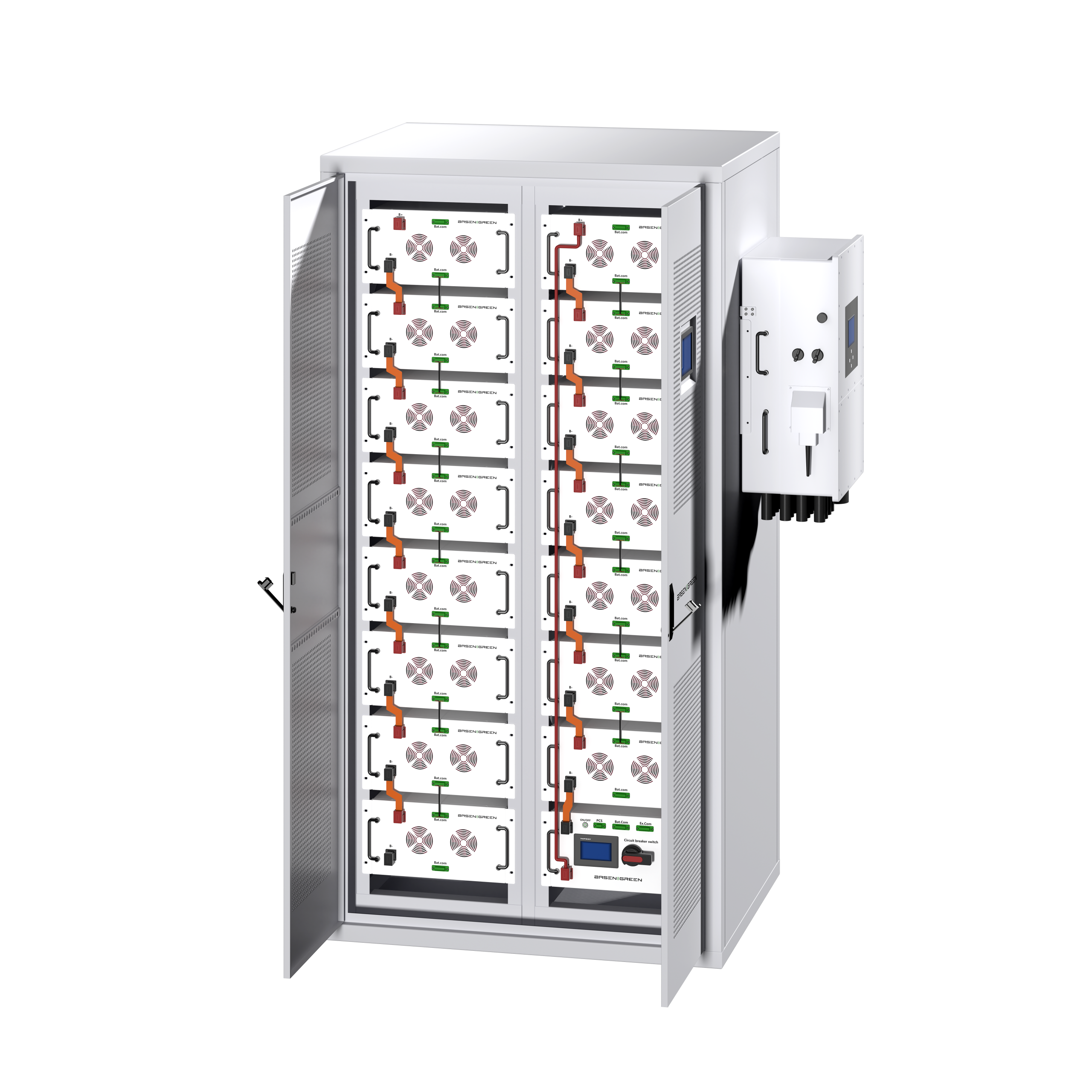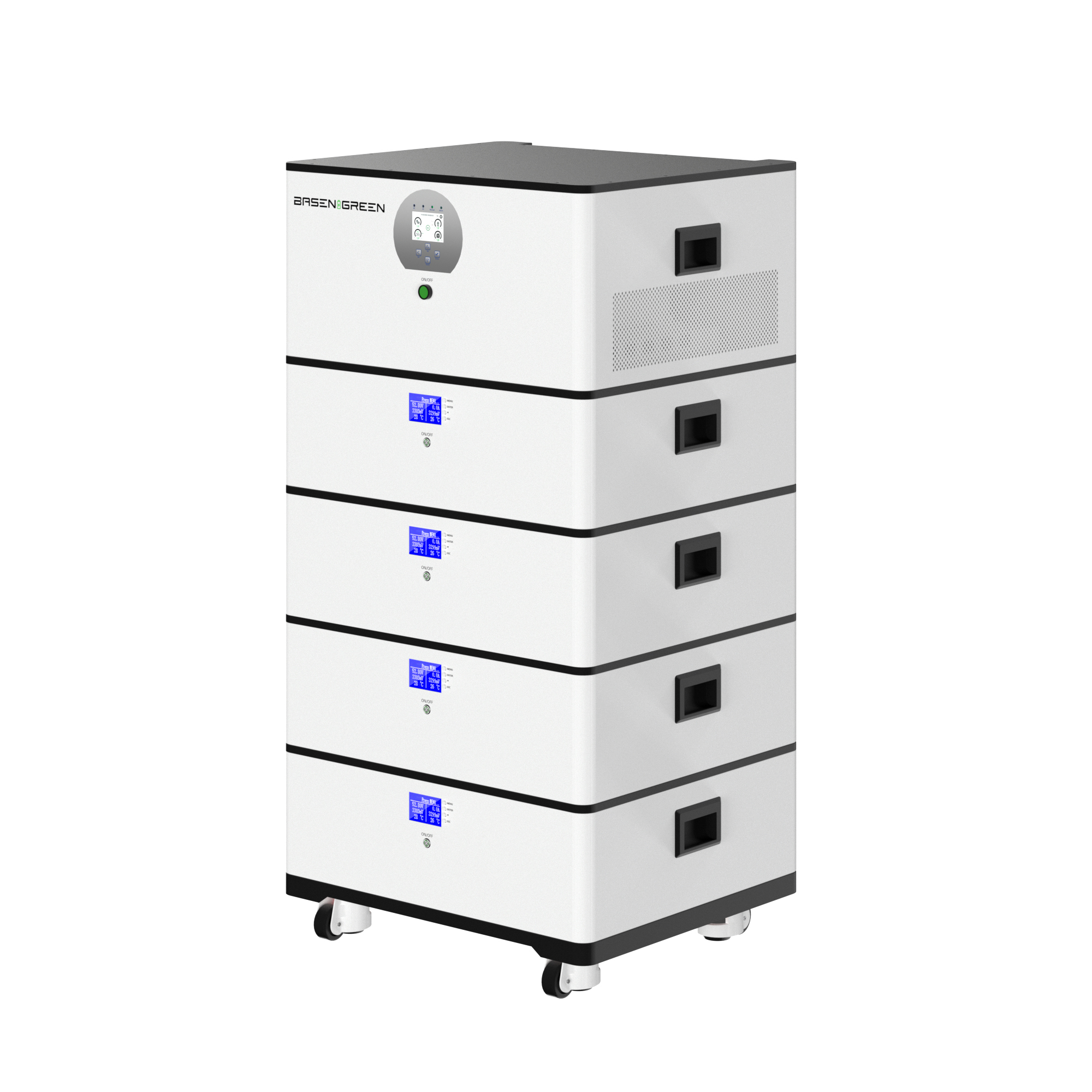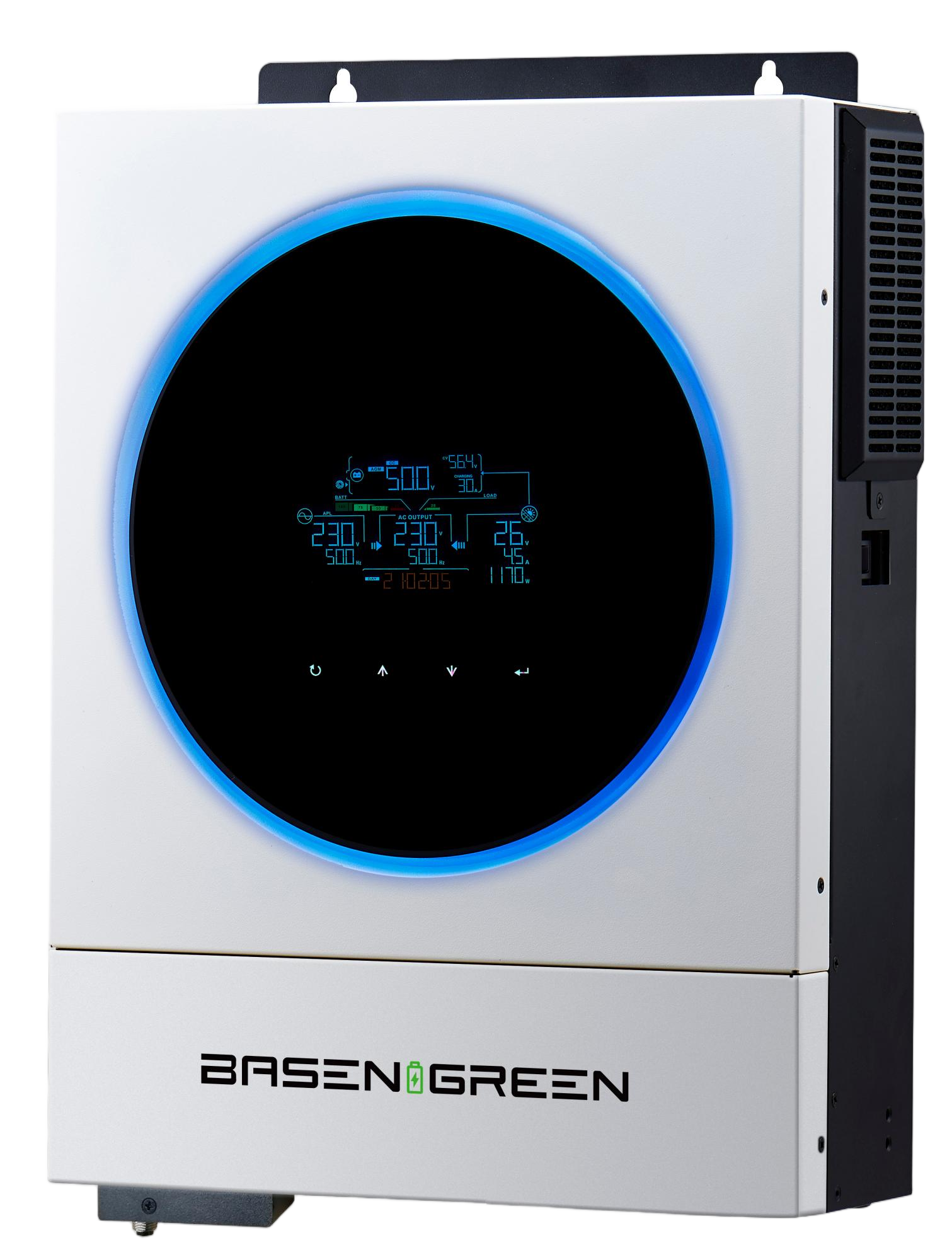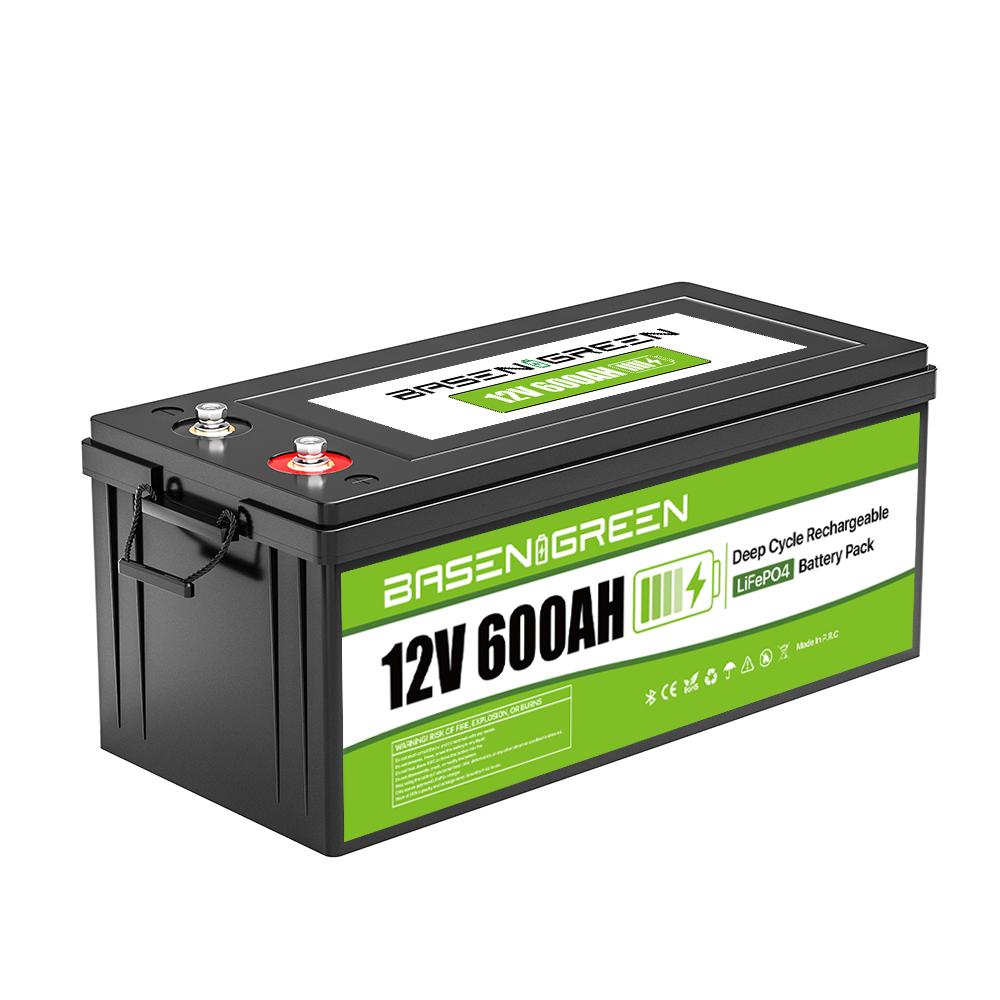Optimizing Battery Lifespan via Inverter Charge/Discharge Settings
In modern renewable energy systems, the efficiency and longevity of your energy storage solutions are crucial. When integrating inverters into your setup, understanding how to optimize the charge and discharge settings can significantly extend the lifespan of your batteries. Proper management of the inverter’s operations ensures that energy is delivered and drawn from your storage systems at optimal times, reducing wear and tear and enhancing overall performance.
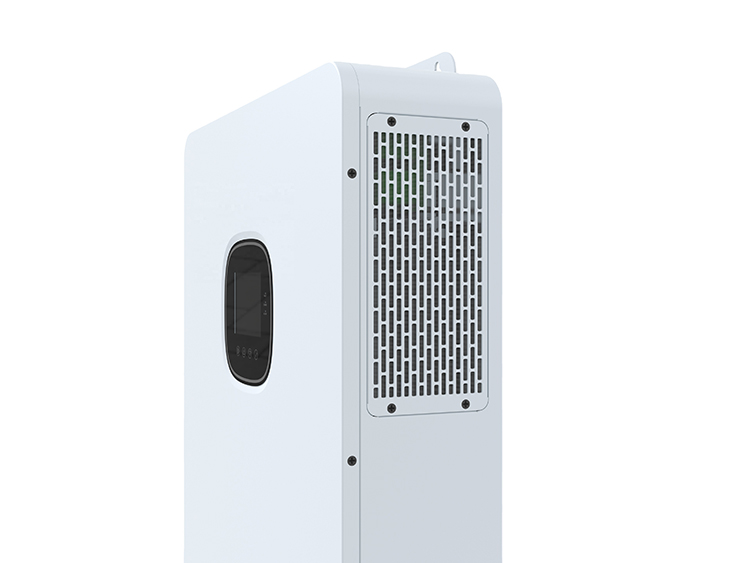
Understanding Battery Health
Before diving into the specifics of charge/discharge settings, it’s essential to grasp the basics of battery health. Batteries, whether they’re lead-acid, lithium-ion, or other types, degrade over time due to factors like deep discharges, overcharging, temperature fluctuations, and aging components. Properly managing these aspects can slow down this degradation process.
Inverters play a pivotal role in managing how energy is stored and used. They convert direct current (DC) from your storage system into alternating current (AC) to power your devices. Conversely, when you have excess AC power, the inverter can charge your storage system. The way the in,verter manages these processes—especially the charge and discharge cycles—has a direct impact on battery longevity.
The Role of Inverter Charge/Discharge Settings
The inverter’s charge/discharge settings refer to the parameters that control how energy is transferred between the AC grid and your storage system. These settings can be adjusted to optimize the use of your storage capacity, ensuring that it’s used in the most efficient and longevity-friendly manner possible.
One of the key factors in optimizing these settings is the concept of “power factor.” A high power factor indicates that the inverter is operating efficiently, with minimal reactive power being used. Lower power factors can lead to increased energy losses, which can shorten the lifespan of your storage system.
Another important consideration is the depth of discharge. This refers to how much energy is discharged from the storage system before it needs to be recharged. A deeper discharge cycle can reduce the risk of over-degradation, as it allows the battery to rest between uses. Conversely, frequent and shallow discharges can cause the battery to wear out more quickly.
Best Practices for Optimizing Settings
Monitor and Adjust Settings: The first step in optimizing your inverter’s charge/discharge settings is to monitor the performance of your storage system. This involves tracking metrics such as the state of charge (SOC), state of health (SOH), and power factor. By understanding how these metrics change over time, you can adjust your settings to better suit your system’s needs.
Set Power Factor Goals: Power factor is a critical factor in determining the efficiency of your inverter. Setting a target power factor can help reduce energy losses and extend the lifespan of your storage system. Typically, a power factor of 0.95 or higher is considered ideal, but this may vary depending on your specific application.
Implement Deep Discharge Cycles: To protect your battery from excessive wear, it’s a good practice to schedule deep discharge cycles. This means discharging your storage system to around 20-30% before recharging it. This gives the battery time to rest and rejuvenate, which can extend its lifespan.
Use Smart Inverter Management: Many inverters come equipped with smart management features that automatically adjust charge/discharge settings based on real-time data. Using these features can help ensure that your storage system operates at optimal levels, reducing the risk of damage and extending the lifespan of your batteries.
Case Studies and Real-Examples
Real-world examples of inverters with optimized charge/discharge settings have shown significant improvements in battery longevity. For instance, inverters that incorporate advanced power factor correction and deep discharge cycle management have seen their storage systems last 10-15% longer than those that do not. These improvements are particularly noticeable in grid-tied systems, where frequent on-grid operation can stress the storage system.
The Future of Inverter Technology
As inverter technology continues to evolve, so too do the options for optimizing charge/discharge settings. Newer inverters are incorporating features like machine learning and AI to automatically adjust settings based on the specific needs of the system. These advancements promise to further extend the lifespan of your storage systems, making them more reliable and efficient.
Optimizing the charge/discharge settings of your inverter is a simple yet effective way to extend the lifespan of your storage system. By monitoring and adjusting these settings, setting optimal power factors, and implementing deep discharge cycles, you can ensure that your batteries are used in the most efficient and longevity-friendly manner possible. As inverter technology continues to advance, the potential for improving battery longevity and system performance is only going to increase.


